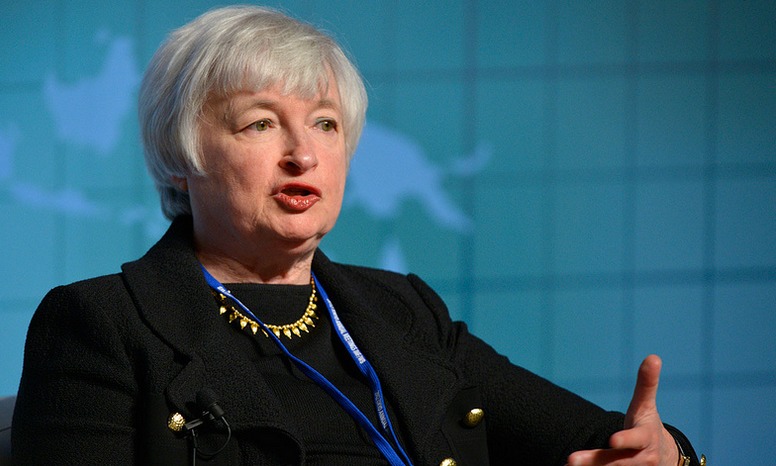 Author: John Gerard Lewis, Gerard Wealth
Author: John Gerard Lewis, Gerard Wealth
Covestor model: Stable High Yield
Disclosure: Long AGNC, CYS, NLY and ANH
The mortgage real estate investment trusts (mREITs) category is burdened by an assumption that it is governed solely by interest rate movements. And because it’s a rather young sector of the bond fund industry (mREITs are actually hedged, leveraged bond funds) and is throwing off double-digit yields in an era of historically-low rates, pundits aver that nothing this good can last. The thinking goes that when rates begin rising, these things will be toast, so stay away from them.
Who can argue with such a reasonable approach? After all, high yield equates to high risk – as we see with junk bonds, right? Anyone who decides to stay away from such an apparently exotic investment as mREITs can’t be criticized. “A confused mind always says no,” the adage goes, and so should it in choosing any investment.
Still, anyone who endeavors to become unconfused about mREITs may ultimately conclude that their interest-rate dependency is overemphasized. Indeed, interest rates are the essence of the business, as they are for all credit arbitrage enterprises. That means that interest rates are simply a factor that must be managed. That is precisely what mREITs do, and therefore the perception that the slightest puff in rates will knock the sector into the abyss is wrong.
These mREITs are not flash-in-the-pan businesses merely taking advantage of the times. Performance of the industry, and among its members, varies, just as it does with any other industry. Each company’s success depends primarily on how well it is managed.
For example, mREIT managements are today faced with how to position themselves for the possibility of a Federal Reserve quantitative easing (QE3) initiative, which some economists believe could begin by summer’s end. It would likely result in a flatter yield curve, and a less favorable spread from which to fashion high dividends.
American Capital Agency’s (AGNC) president, Gary Kain, believes there is at least a 50% chance that the Fed will, in fact, embark on QE3. He’s decided the best approach is to not reduce borrowing, as to do so would mean buying later and “competing with a several hundred billion dollar program from the Fed,” he said in a presentation on June 12. “The last thing we want to do is wait until the Fed starts buying.” Hence, AGNC’s debt-to-equity ratio is 8.4.
However, Annaly Capital Management (NLY), while acknowledging rate uncertainty, cites other exogenous factors for keeping its leverage ratio at a relatively low 5.8.
Explained CEO Michael Farrell on May 22: “Looking ahead, I believe there are many risks in the marketplace, including slow economic growth, uncertainty in Europe and the future of monetary policy. Our management team has maintained a relatively conservative operating profile that is designed to prepare us for this environment and position us for a wide range of outcomes.”
Those are distinct approaches for the near-term. The two CEOs are managing their mREITs in different ways. It’s not just about the external macro conditions. Management matters, and a good one should be able to navigate the vicissitudes of interest rates to consistently produce satisfactory returns.
For example, Kain explained that QE3 would likely result in the Fed buying the lowest-coupon fixed-rate mortgages, so if an mREIT owns them, as his firm does, “you’ll get book value gains.” That means a higher net worth for the company and a greater inclination by prospective stockholders to invest, theoretically bolstering the stock price.
That is not a manager who is on his knees imploring High Heaven to keep the gravy train running for just a little while longer. That is an active manager.
mREITs generate terrific yields in this low-rate environment, but their total returns have been all over the map. American Capital Agency and CYS Investments (CYS) have produced 3-year annualized returns of 38% and 20%, respectively, and 1-year returns of 28% and 24%.
Annaly and Anworth Mortgage Asset (ANH), on the other hand, have had 3-year annualized returns of 18% and 13%, respectively, and 1-year returns of 5% and 7%.
It’s a long way between 38% and 13% over three years, and 28% and 5% over one year.
The ups and downs of interest rates will affect, but not dictate, the fortunes of mREITs. They are not teetering on an interest-rate precipice and ultimately doomed. The industry is prospectively here to stay, and each firm’s management will determine its own level of success.



